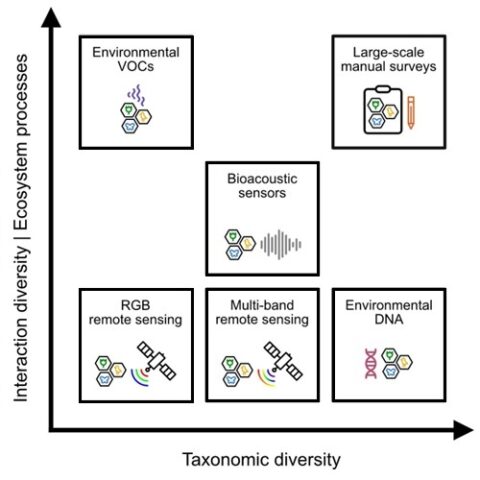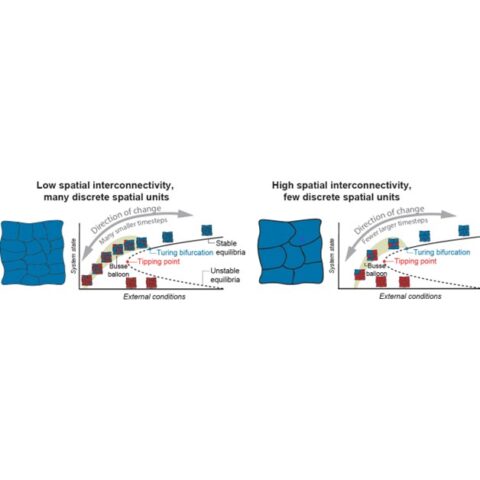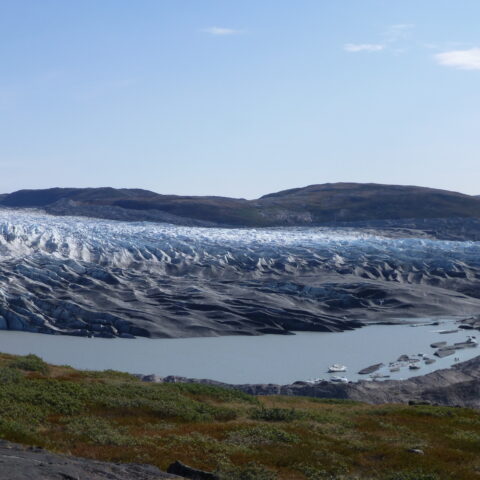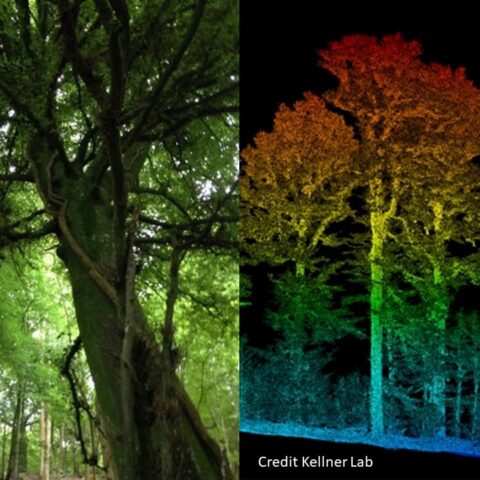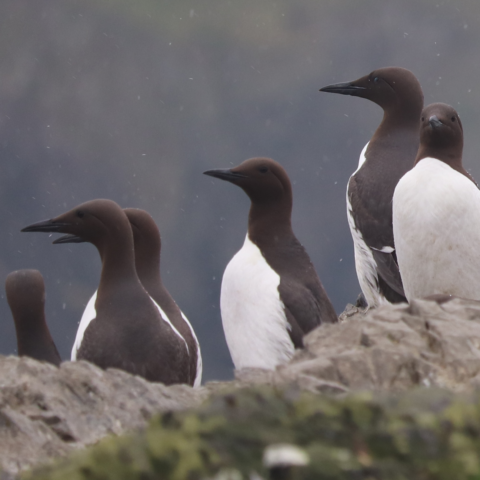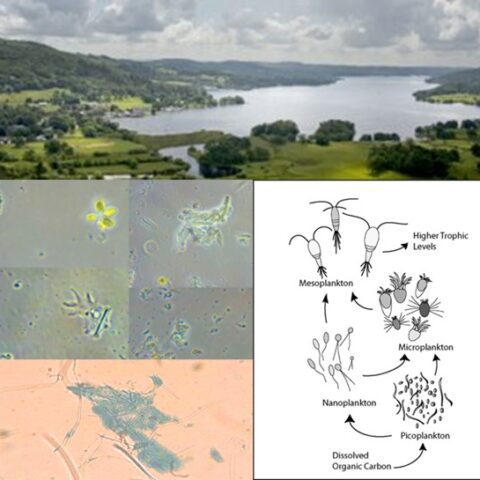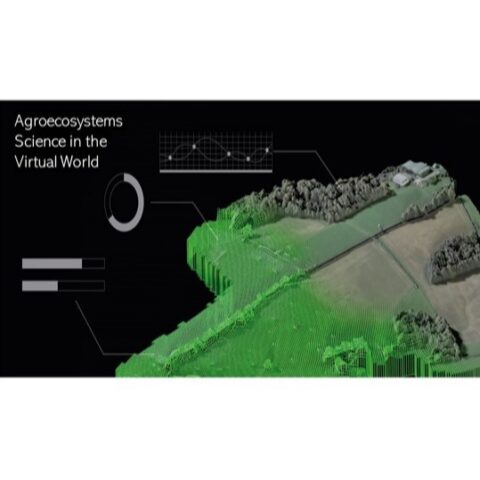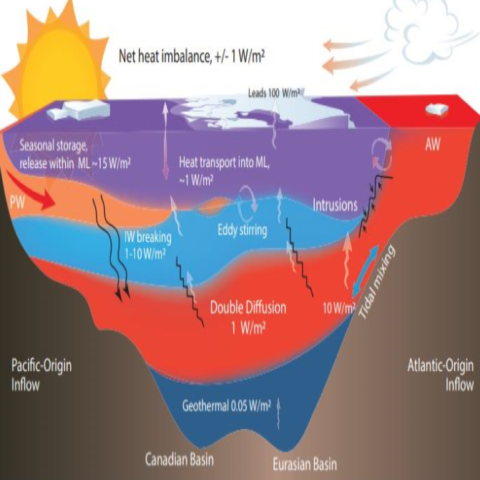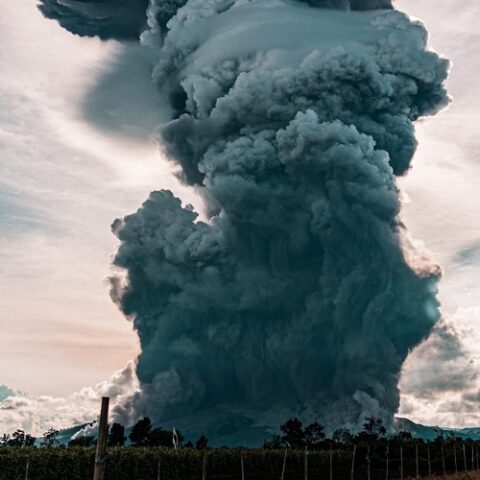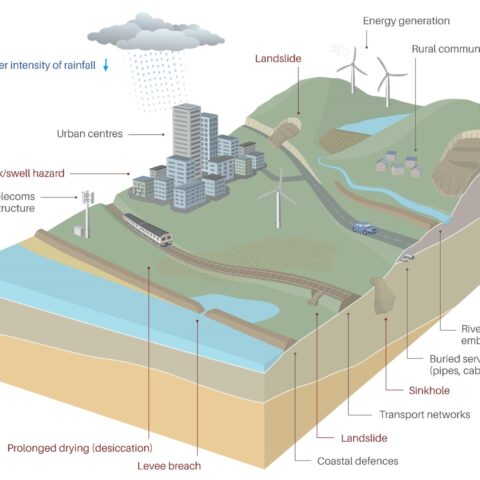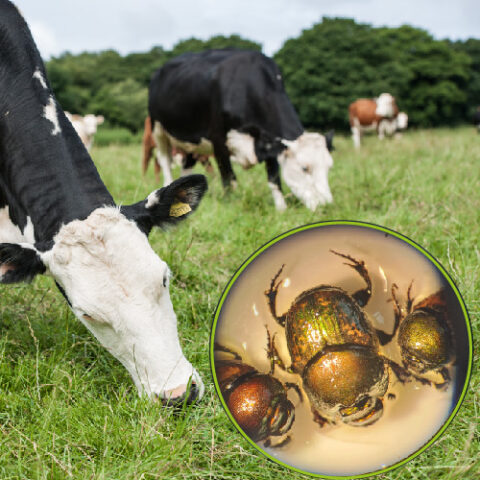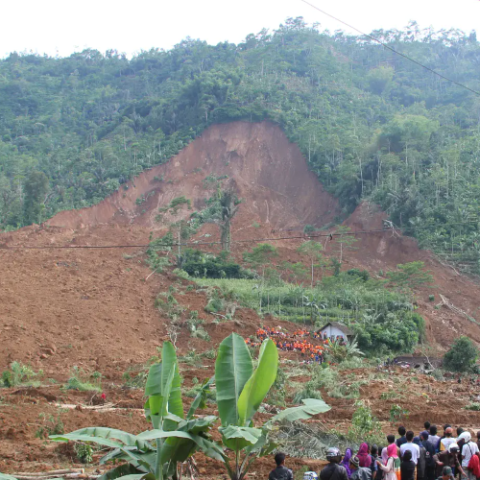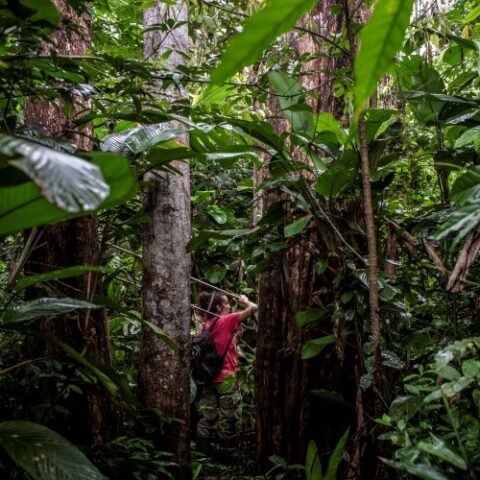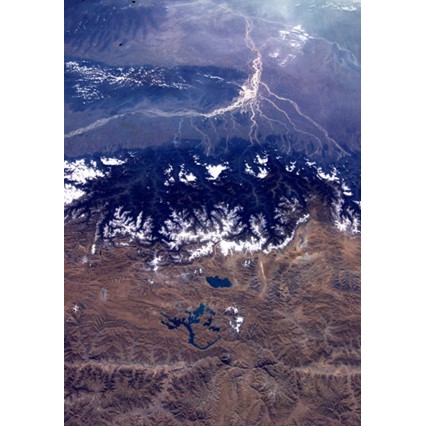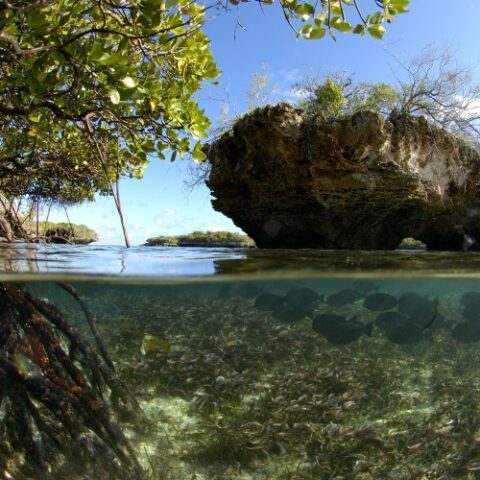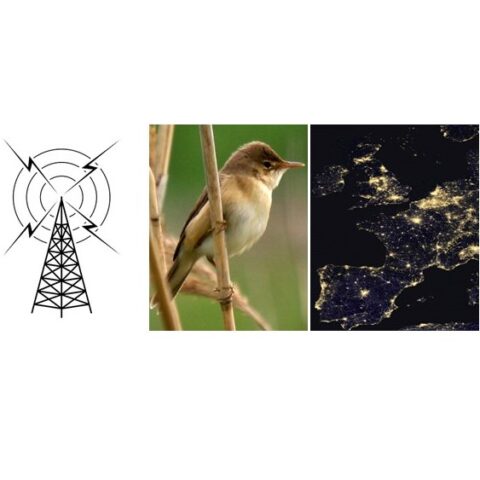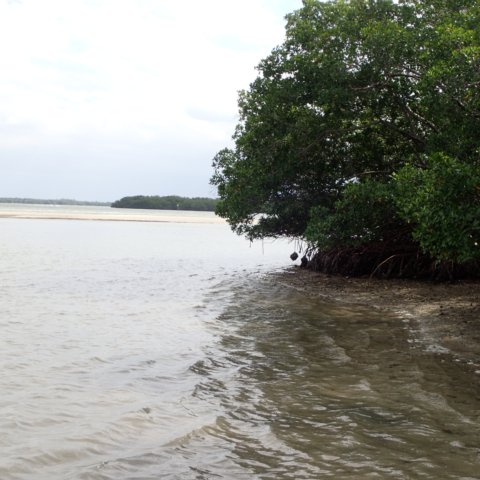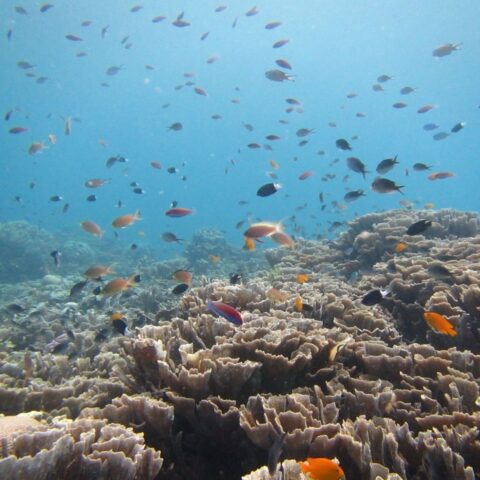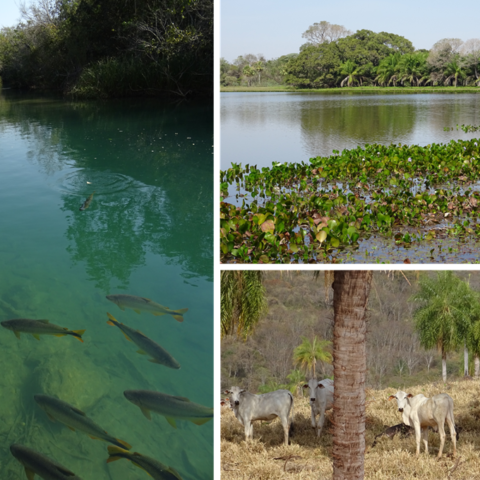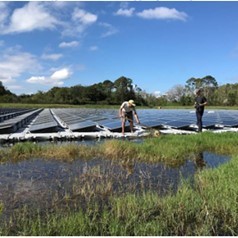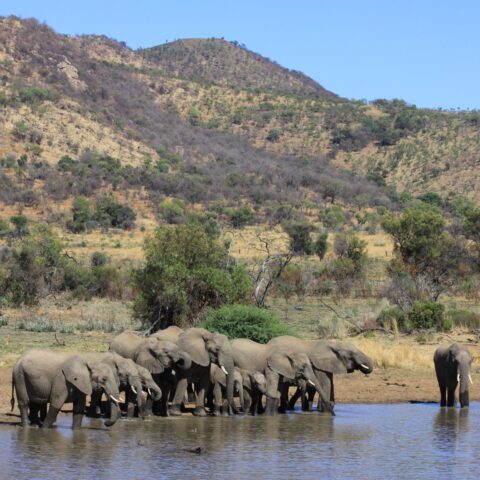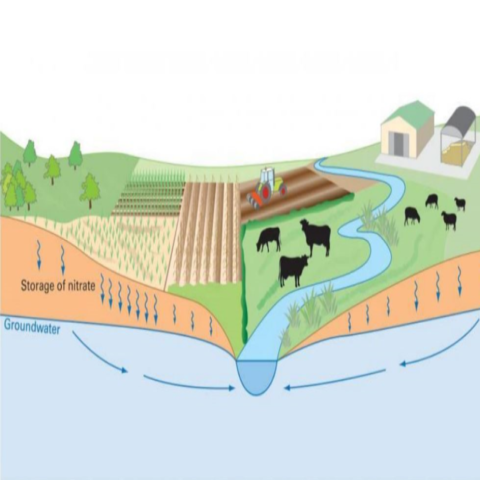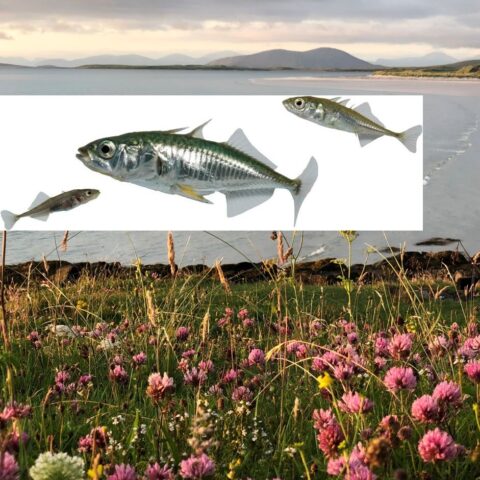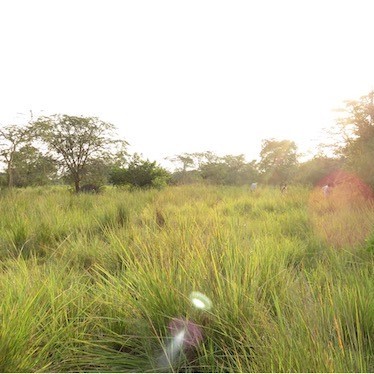
Envision - Developing next generation leaders in environmental science
Developing next generation leaders in environmental science
A scent of biodiversity – environmental volatile organic compounds to monitor biotic interactions
Monitoring biodiversity is a major research focus, with the current upsurge in initiatives to finance biodiversity conservation (e.g. Target…
Read More
Abrupt Declines In Already Degraded Ecosystems
Climate change forecasts for the UK suggest changes to the intensity and frequency of flooding, drought, heat and strong winds, as already e…
Read More
Accelerating phosphorus and nutrient cycling in the Greenland Arctic ecosystem Soils
PhD Study: At the Global Frontier of Climate Change and Nutrient Cycling The fragile Arctic ecosystems are changing rapidly due to globa…
Read More
Biodiversity for woodland resilience: the long-term functional ecology of tree diversity
The benefits of biodiversity for forest resilience and delivery of many ecosystem services underpin “nature-based solutions”. However, t…
Read More
Can prey behaviour explain habitat associations of seabirds?
Understanding animal responses to environmental variation help predict population-level impacts from climate change and habitat modification…
Read More
Carbon cycling in freshwater lakes; identifying the who, what, where and when.
Algal blooms in freshwaters are happening with increasing frequency due to climate change and input of nutrients. Lake ecosystems may be sev…
Read More
Data to Decisions: Designing a digital twin for sustainable agriculture
The need for data-informed farmer decision-making has never been more critical. Climate change, floods, droughts, pests, diseases, and polit…
Read More
Defrosting the Arctic Ocean layer cake.
Dramatic sea ice loss – “defrosting” of the Arctic has occurred as it warms 4 times faster than the rest of earth. This and other ra…
Read More
Developing next-generation radar for accurate measurement of volcanic eruption plumes
This is an opportunity to improve volcanic ash dispersal forecasts through enhancing real-time radar remote sensing. Volcanic ash plumes pre…
Read More
Early warning of reservoir dam failure: harnessing novel ground imaging and machine learning technologies for enhanced hazard assessment
This is an exciting opportunity to explore deep learning (DL) methods, in combination with geophysical and hydro-mechanical models, to extra…
Read More
Enhancing the contribution of beneficial beetles to biodiverse and net-zero livestock systems
Grazing systems are a key target for reducing the greenhouse gas emissions of agriculture, towards sustainable livestock production. Regener…
Read More
Evaluating the pre and syn-collapse conditions of rainfall-triggered landslides in Indonesia: steps toward improved forecasting
Landslides are a persistent and widespread geohazard in Indonesia, causing tens to hundreds of deaths and widespread infrastructure damage o…
Read More
Exploring the ecology, functionality and biogeography of Amazonian soundscapes
The world’s rainforests are incredible reservoirs of biodiversity, holding over 60% of the world’s animal species and 67% of all…
Read More
Firn saturation and the future stability of the Larsen C ice shelf in Antarctica
The Antarctic ice sheet is ringed with floating extensions known as ice shelves, which dam the flow of grounded ice into the ocean. Their re…
Read More
Freshwater storage at the “roof of the world” under climate change
The Tibetan Plateau, commonly known as the “the roof of the world”, supplies freshwater for nearly two billion people. Water storage is …
Read More
From wings to fins: ecological connectivity between seabirds, mangroves and coral reefs
Do seabirds enhance the connectivity of reef fishes and elasmobranchs between mangroves and coral reefs? Seabirds forage for fish in the ope…
Read More
Holed-up, but not safe: the impact of climate change on behaviour, populations, and communities of hole nesting birds
Climate change is influencing wildlife populations across the globe, often resulting in changes in behaviour and the timing of key li…
Read More
Hot to cold: the exceptional mobility and hazard of volcanic block and ash flows
Ten percent of the world’s population (i.e. 100s of millions) live within 100 km of an active volcano. During all explosive volcanic e…
Read More
How does sensory pollution affect navigation behaviour in animals?
Animals face many challenges as increased urbanization impacts their ability to survive and reproduce. Nowhere is this more evident than in …
Read More
Investigating the nature and dynamical properties of rogue waves
Once dismissed as a nautical myth, rogue waves are now known to be real events, with a growing worldwide database of observations. Rogue wav…
Read More
Measuring Meltwater Fluxes into the Arctic Ocean
This project offers the exciting opportunity to assess pan-Arctic meltwater fluxes from the Greenland Ice Sheet and Arctic ice caps, using n…
Read More
Modelling extreme sea states in a changing climate
Applications are invited for a PhD studentship within the NERC-ENVISION Doctoral Training Partnership, co-funded by JBA Trust, with a projec…
Read More
Ozone Risk to Carbon Sequestration by Wetlands
There are increasing efforts to improve estimates of carbon sequestration by vegetation as this is a method of capturing and storing atmosph…
Read More
Pioneering the next generation of flexible and adaptable environmental models: a case study of emerging contaminants
We are seeking an enthusiastic student to pioneer the next generation of environmental modelling innovation. Sitting at the intersection of …
Read More
Redrawing the lines of battle in coral reef fish communities
Coexistence of competing species in ecological communities is made possible by co-evolved “rules of engagement”. During competition, the…
Read More
Revealing human impacts through time in the Brazilian Pantanal using integrated lake sediment analyses
The Pantanal is the world’s largest tropical wetland and home to numerous endangered and threatened species. It is also increasingly impac…
Read More
The impacts of floating solar panels on lake ecosystems and water quality
Why this project is important: There is an urgent need to decarbonise energy generation and transition to zero carbon to mitigate climate ch…
Read More
The Pollution-Climate-Health Dilemma: Cleaner Air but Poorer Health Outcomes under a Changing Climate?
In the UK, air pollution has been identified as the largest environmental risk to public health, causing between 28-36,000 deaths per year. …
Read More
Thirsting Giants of the African Savanna: Assessing the vulnerability of Elephant water resources to climate change
African elephants are keystone species, shaping the ecosystems they inhabit. Their survival hinges on access to freshwater sources, making t…
Read More
Understanding temporal fluctuations in nitrate in groundwater
Nitrate is the most pervasive pollutant in groundwater. High concentrations of nitrate in groundwater can contribute to degradation of sur…
Read More
Why do populations fail to adapt to environmental change?
There are myriad examples of amazing evolutionary adaptations, from the beaks of finches to antimicrobial resistance, that have been shaped …
Read More
Why is C2 photosynthesis so rare in grasses?
The vast majority of plant species use C3 photosynthesis. However, a turbo-charged form of photosynthesis called C4 evolved independently in…
Read More
Envision DTP is hosted by Lancaster University

